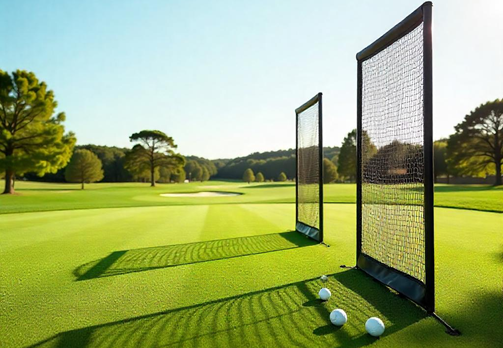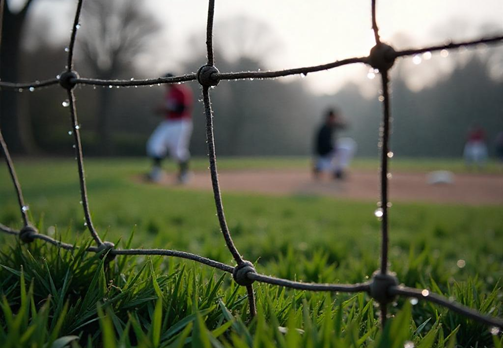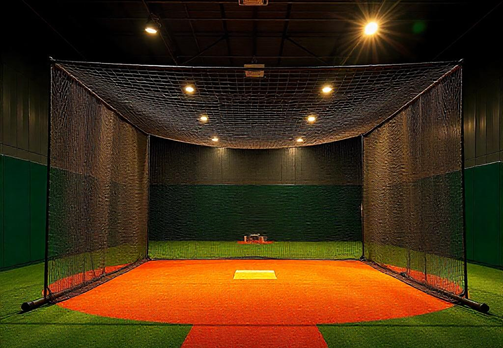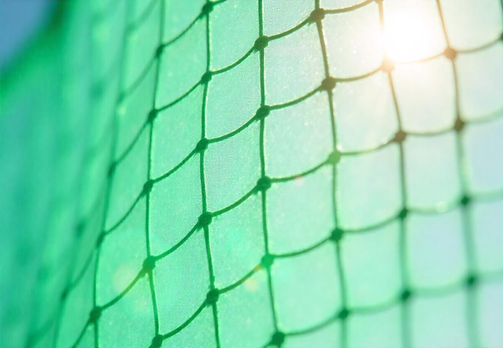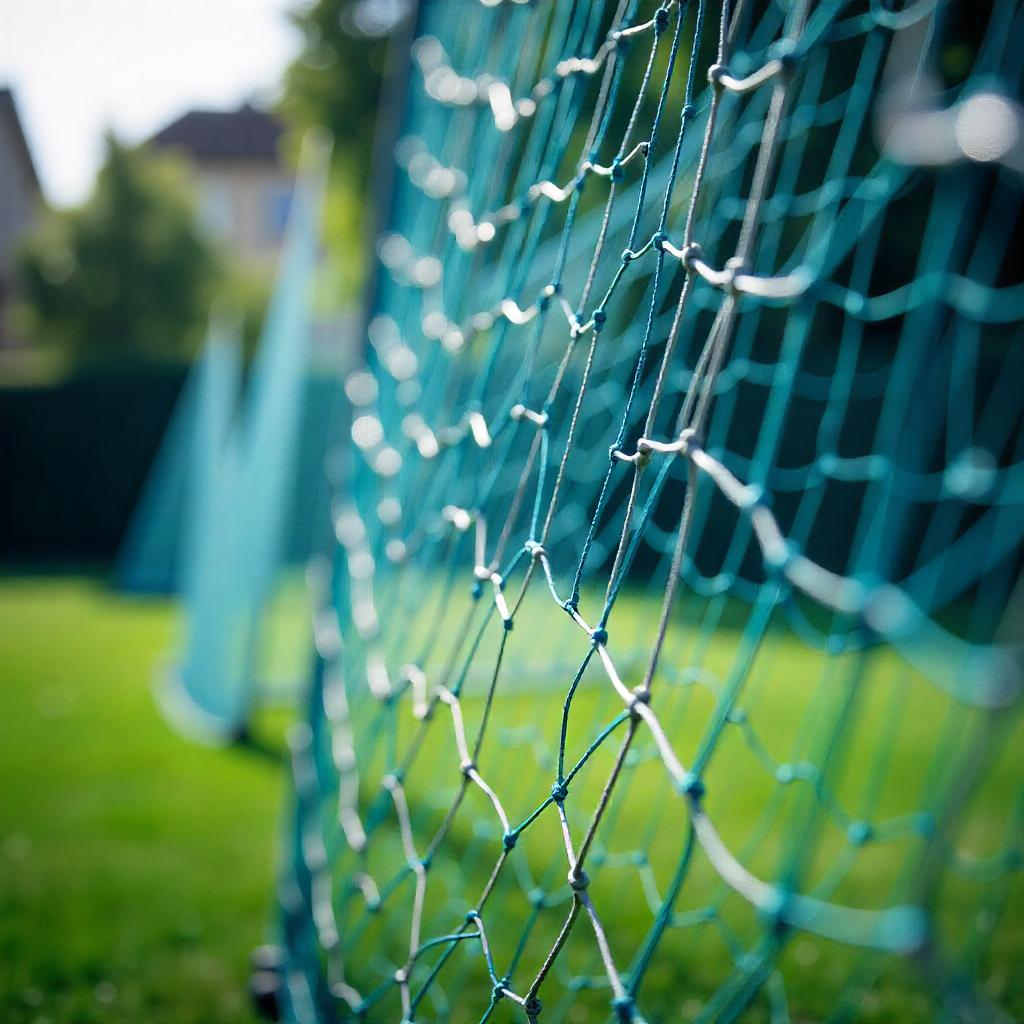
Choosing the Right Baseball Backstop Net: Sizes Materials, and Portable Options
By netsdev | Jul 10,2025 | baseball,Baseball Nets
A backstop netting for baseball serves as a crucial safety feature located behind home plate, designed to prevent balls that have been hit or thrown from reaching the audience or exceeding the field’s boundaries. Manufactured from robust materials including heavy-duty nylon netting, these backstops come in a range of sizes, with portable options that are ideal for training sessions. The main goal is to protect players and ensure that gameplay can proceed without interruption.
Baseball Backstop Sizes Differ
Safety
A larger backstop netting for baseball provides enhanced protection for both players and spectators, significantly lowering the risk of injuries caused by stray throws or foul balls. The dimensions and design of the backstop are crucial elements in maintaining the continuity of the game and ensuring a safe viewing area for spectators.
Materials to Consider Based on the Requirement
Nylon netting with heavy-duty construction is distinguished by its remarkable strength, slender design, and ability to withstand varied weather conditions. This material provides a clear view while effectively blocking stray balls from escaping.
Polyester mesh stands out for its impressive strength and lower likelihood of stretching compared to nylon, alongside its capacity to endure UV exposure. Generally, it is heavier and often comes at a higher cost compared to nylon options.
The vinyl coated wire gives netting a strong support, showing a high degree of resistance to rust and corrosion, but it is somewhat stiff and may not absorb shock effectively.
Installation of Nets
Installing a backstop netting for baseball involves several steps to ensure it is secure and effective in providing protection. Here’s a general guide to help you with the installation process:
Materials Needed:
Baseball backstop netting
Support poles or posts (metal or sturdy wood)
Anchors or ground stakes
Hardware (bolts, screws, nuts)
Wire or tensioning cables
Carabiners or hooks
Tools (drill, wrench, measuring tape, level, shovel)
Installation Steps:
- Plan and Measure – Determine the size of your backstop netting for baseball (height and width) based on your field setup.
- Map out the placement of support poles or posts, ensuring they are spaced appropriately for stability.
- Prepare the Site
- Clear the area of debris and ensure the ground is level.
- Mark the locations for the support poles using stakes and string.
- Install Support Poles or Posts
- Dig holes for the support poles or posts, typically 2-3 feet deep for stability.
- Insert the poles into the holes and backfill with concrete or soil.
- Use a level to ensure the poles are upright and aligned.
- Attach Support Cables or Wires
- Run tensioning cables or wires between the support posts to create a framework for the net.
- Tighten the cables to keep the netting secure and taut.
- Hang the Netting
- Attach the netting to the support cables using hooks, carabiners, or ties.
- Ensure the entire backstop is covered and stretched tightly to prevent sagging.
- Secure and Check
- Double-check all fasteners and tensioning points.
- Make adjustments to ensure the net is tight and well-supported.
- Test the Backstop
- Hit a few balls to see if the netting holds and is securely attached.
Tips:
Consider weather-resistant support materials for outdoor installations.
Regularly inspect the netting and support structures for damage or wear.

